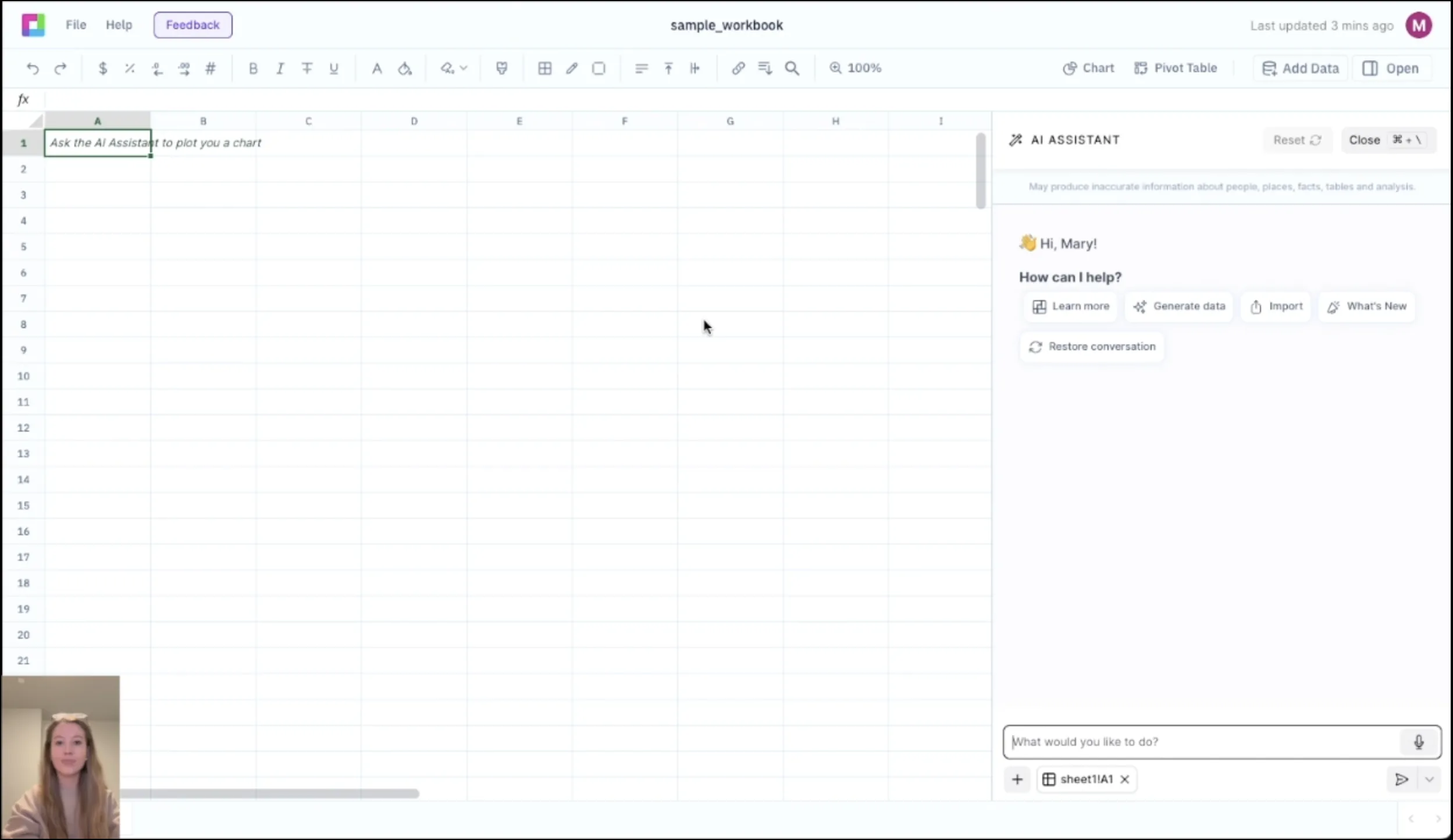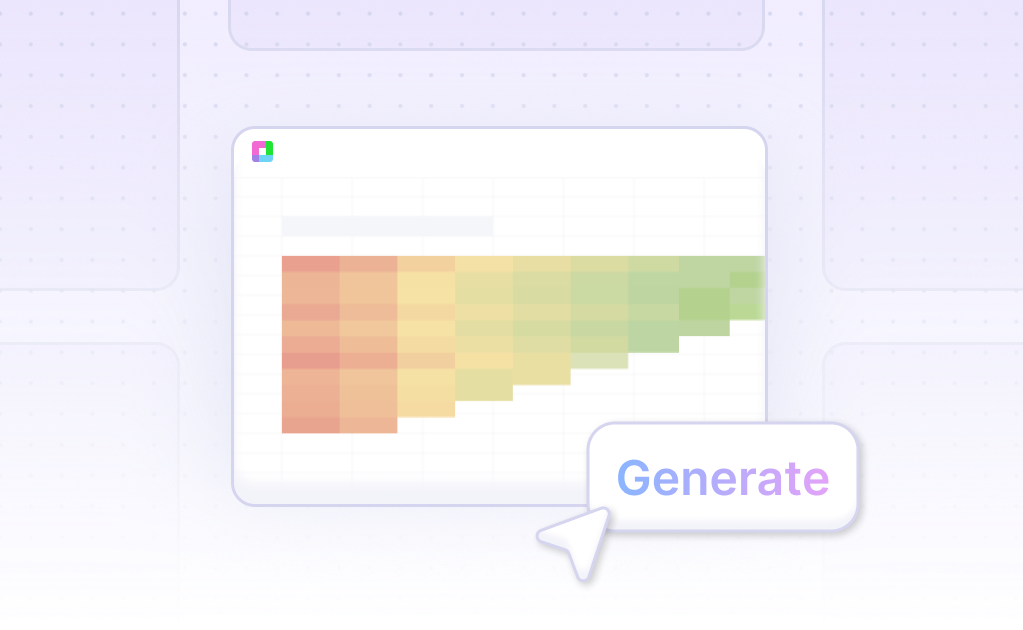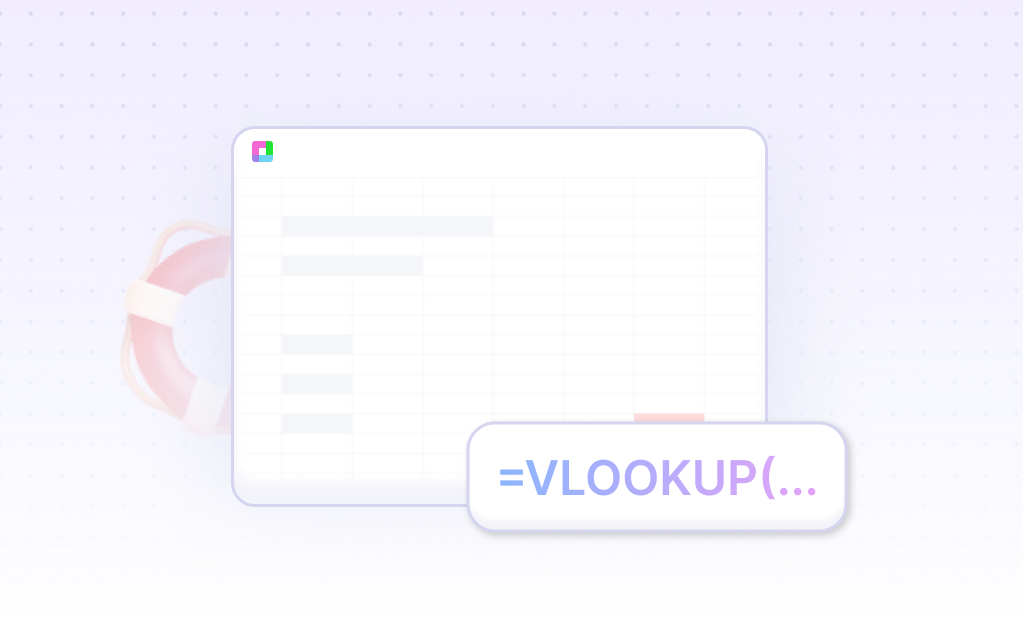
Master Stress Testing with Advanced Regulatory Frameworks
Stress testing frameworks require sophisticated scenario analysis, regulatory capital modeling, and comprehensive model validation capabilities. Our Stress Testing Framework template provides comprehensive tools to implement stress tests, analyze regulatory capital, and ensure compliance with institutional-quality frameworks for risk management professionals and financial institutions.
From scenario modeling to capital planning, strengthen stress testing capabilities. Built for risk management professionals, regulatory specialists, and financial institutions, this template helps you implement stress tests, analyze capital adequacy, and maintain regulatory compliance.
Comprehensive Scenario Analysis Framework
Macroeconomic Scenario Development
Develop macroeconomic scenarios with stress conditions, baseline projections, and adverse scenarios. Create comprehensive stress testing environments and economic conditions.
Credit Loss Modeling
Model credit losses with probability of default, loss given default, and exposure at default analysis. Implement CECL and IFRS 9 frameworks for credit risk assessment.
Market Risk Scenarios
Analyze market risk scenarios with interest rate shocks, equity market stress, and volatility analysis. Assess trading book and banking book exposures.
Operational Risk Assessment
Assess operational risk with scenario analysis, loss event modeling, and control effectiveness evaluation. Implement comprehensive operational risk frameworks.
Regulatory Capital Analysis & Model Validation
Capital Adequacy Assessment
Assess capital adequacy with Basel III requirements, capital ratios, and buffer calculations. Ensure regulatory compliance and capital planning adequacy.
CCAR & DFAST Compliance
Implement CCAR and DFAST compliance with regulatory scenarios, capital planning, and submission requirements. Meet supervisory expectations and regulatory standards.
Model Validation Framework
Validate models with backtesting, sensitivity analysis, and model performance assessment. Ensure model accuracy and regulatory compliance.
Capital Planning & Optimization
Plan capital optimization with strategic planning, dividend policy, and capital allocation strategies. Optimize capital efficiency and shareholder returns.
Frequently Asked Questions
How does it develop macroeconomic scenarios?
The template develops macroeconomic scenarios with stress conditions, baseline projections, and adverse scenarios. It creates comprehensive stress testing environments and economic conditions.
Can it model credit losses?
Yes, the template models credit losses with probability of default, loss given default, and exposure at default analysis. It implements CECL and IFRS 9 frameworks for credit risk assessment.
How does it assess capital adequacy?
The template assesses capital adequacy with Basel III requirements, capital ratios, and buffer calculations. It ensures regulatory compliance and capital planning adequacy.
Does it support CCAR compliance?
The template implements CCAR and DFAST compliance with regulatory scenarios, capital planning, and submission requirements. It meets supervisory expectations and regulatory standards.
How does it validate models?
The template validates models with backtesting, sensitivity analysis, and model performance assessment. It ensures model accuracy and regulatory compliance.
Related Stress Testing Tools
Connect your most-used data sources and tools to Sourcetable for seamless analysis.
Frequently Asked Questions
If you question is not covered here, you can contact our team.
Contact Us





